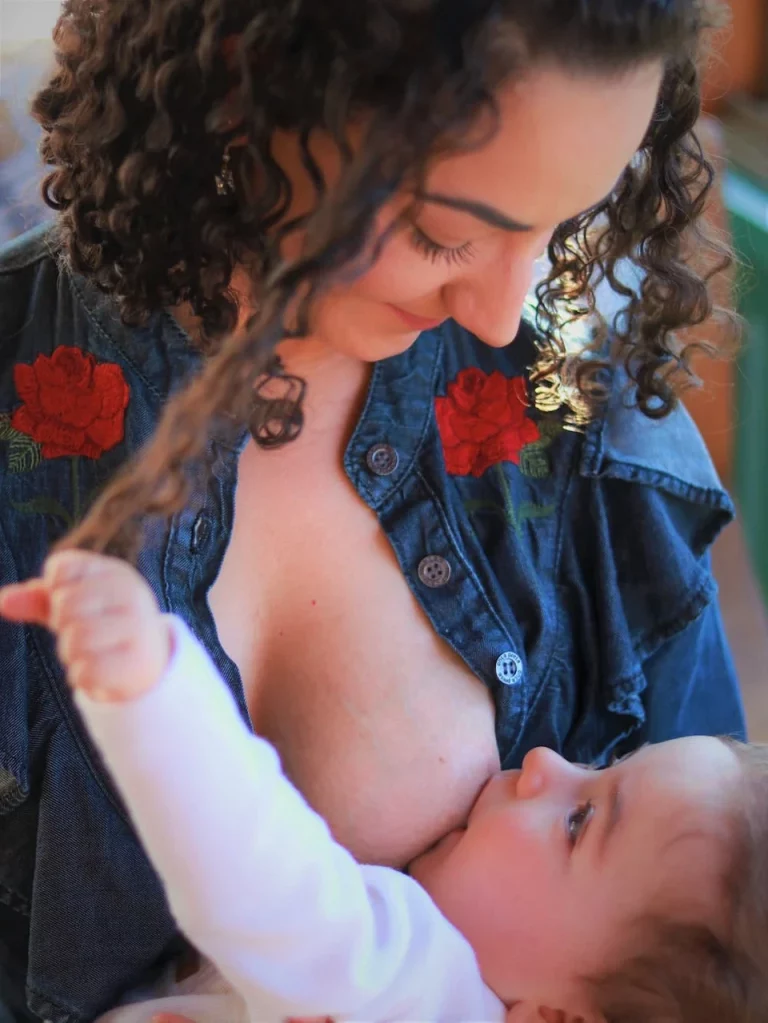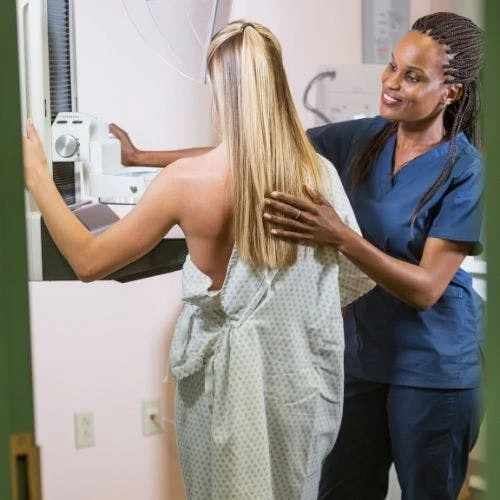What are Inverted Nipples?
If a breast nipple points inward instead of out, it is known as an inverted nipple. An inverted nipple is when the whole thing is inward and sometimes even below the surface of the colored portion of the breast, the areola. Usually they will move back outward when stimulated, but in some cases they do not.
This is more common than you might think. It can happen with men as well as women and can be one or both nipples. The person can be born with it or it may develop over a period of time. However, if it happens suddenly or you have pain, contact your doctor right away.
If it has been present since birth, it is because the connective tissue is tight or there is a problem with the ducts.
If it develops later, usually as an adult, but not always, it is an indication of some serious issues:
• Breast cancer including Paget’s disease
• Duct ectasia, where the milk duct is thickened and can become clogged with fluid
• Fibrocystic breast disease
• Mastitis, or a clogged milk duct
• Surgery or trauma
• Tuberculosis, although this is rare
Related: Signs Of Food Allergies In Babies
Long term nipple inversion or retraction doesn’t usually cause any problems except that breastfeeding can be challenging. In this case it is beneficial to work with a lactation specialist. In fact, breastfeeding has been shown to reverse this condition.
Cosmetically this inversion can be annoying or embarrassing. One low tech solution is a breast shield. This is a plastic device that fits over the nipple. Gentle but continuous pressure will slowly force the nipple outward. Another solution is a suction that works in much the same way. After a few weeks, the problem is resolved.
There are also surgical options. Once the only solution was to cut through the milk ducts in order to release the nipple. This version means that the woman will be unable to breastfeed. Newer techniques preserves the milk ducts. The breast tissue fibers are released in order that they can spread and stretch and involves only a small incision in the areola. Generally a few sutures are placed that can be removed or dissolve within a few weeks. Either of these operations are considered cosmetic and are not covered by most insurance policies. If you are interested contact a plastic surgeon for details.
With age, the nipples may change, like most parts of our body. Being familiar with the normal look of body parts, including the nipples, can alert you to some change that is not normal and can be an indicator of something more serious. While this is not necessarily a sign of breast cancer, it can be an indication that something is wrong. If the inversion occurs suddenly or if you notice any discharge or bleeding, this can also be a sign of some more serious condition. In those events contact your physician promptly.
We discuss products we think are useful to people. If you buy something through our links, we may earn a commission. Remember to check with your personal physician to see if a product recommended is right for you.








